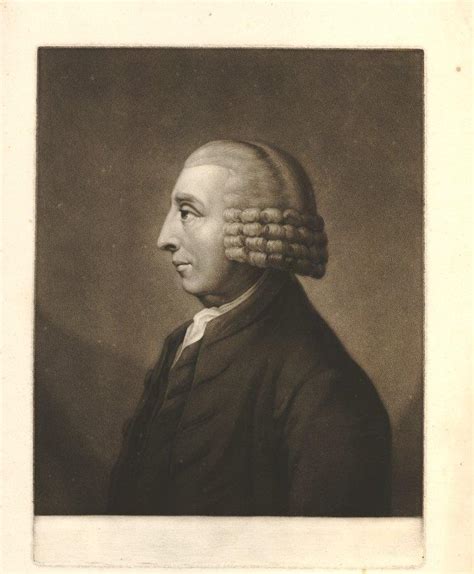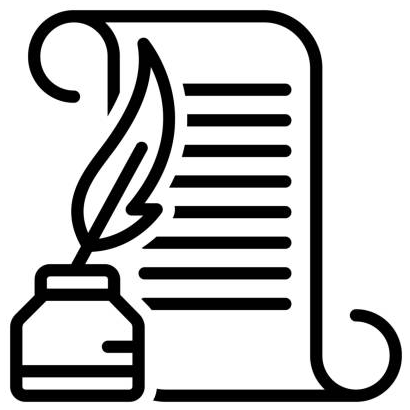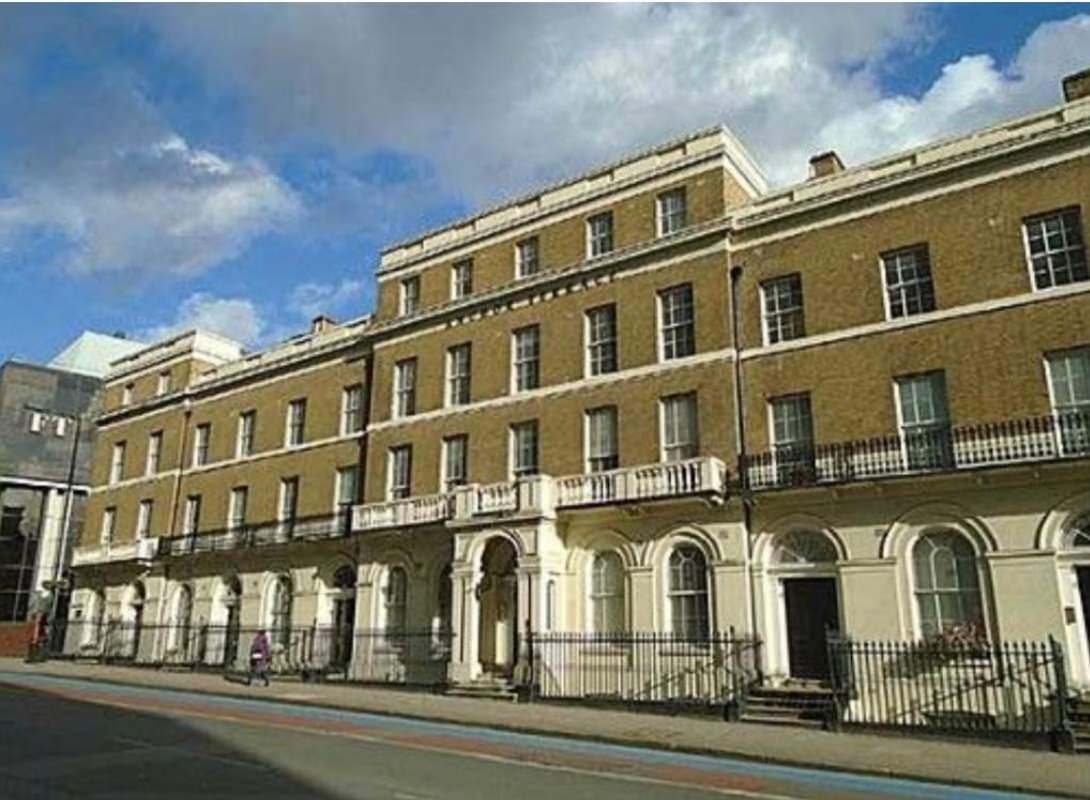 Thrale/Thrall history
Thrale/Thrall history
Anchor Brewery, Bankside, London (1616-1986).
The history of Anchor brewery from 1616 until 1986, including the 52 years between 1729 & 1781 in which it was owned by Ralph and Henry Thrale.
|
| « page James Monger . . .Ralph Thrale Henry Thrale Thrales Entire Anchor Volunteers Barclay Perkins Courage page » |
Barclay and Perkins
Other proprietors: James Monger • James Monger (Jr) • James Child • Edmund Halsey • Ralph Thrale • Henry Thrale • Courage
Ownership

David Barclay by Johann Zoffany, 1773.
From 31 May 1781 the ownership was:
- John Perkins (1739-1812),
- David Barclay (1729-1809);
- Robert Barclay (1750-1830); and
- Sylvanus Bevan (1743-1830).
Production
Five years after acquiring the Thrale Brewery, in 1786 Barclay, Perkins & Company installed a Boulton & Watt steam engine (which was to last for a hundred years) as if to signal the resolve which was to turn the already large business, into the largest brewery in the world.
By 1815, the brewery was producing more than 330,000 barrels a year, from a enlarged site of almost 14 acres, with an extensive range of stabling, spacious enough to afford proper accommodation for 200 dray-horses. Visitors flocked as it was an impressive view to behold. by 1850, they employed 430 men and had the largest output of beer of any firm in London.
1832 fire
On 22 May 1832, the majority of the buildings were destroyed in a fire that caused £40,000 worth of damage when, it is believed, a lamp held by one of the employees of the brewery ignited. As the buildings were made of wood and contained very combustible materials such as malt and hops, the fire spread quickly. A number of fire engines were brought in but the firemen and the brewery employees were unable to stop the fire burning for many hours.
In consequence of the fire, much of the brewery was rebuilt and extended.
John Perkins was killed at Brighton horse races on Monday October 29, 1832 by the horse, Highflyer. The horse had kicked out at an insect that was irritating it and kicked Perkins in the head near to the winning post and he died instantly.
The brewery initially produced only Porter – a dark style of beer made from brown malt – and its famous Russian Imperial Stout that was widely sold on the continent. However, in 1834, they it introduced Pale Ale.
From 1831, Dr Johnson eventually had his face plastered all over the brewery’s bottle labels, as "Barclay’s Doctor" brand gained fame at home and abroad. An upright figure of the stout academic clutching a pint pot became the brewery’s emblem.
1850 Attack of General Haynau
Visitors to Barclay’s brewery during the 19th century included many of the leading figures of the day including:
But one other visitor sparked an international incident. The Austrian General Haynau was notorious for the brutality with which he put down rebellions in Hungary and Italy. As word spread among staff that the ‘Hyena’ was in the brewery. The General and his companions had barely crossed the yard, when he was attacked by draymen by throwing mud and dung at him, chasing him down Borough High Street shouting:
Down with the Austrian butcher!
Haynau fled and took refuge in the George pub (77 The Borough), from which he was rescued by the police with difficulty and fled by boat across the river. The Austrian ambassador demanded an apology, but the Foreign Secretary Lord Palmerston sided with the brewery men, saying…
They were just expressing their feelings at what they considered inhuman conduct by a man who was looked upon as a great moral criminal.
Only after the intervention of a furious Queen Victoria and the threatened resignation of Palmerston was a more conciliatory letter sent to Vienna. Two years later, Austria was still so resentful that it sent no representative to the funeral of the Duke of Wellington in 1852.
Public feeling in England was completely on the side of the draymen, who became the heroes of many a street ballad. When the Italian revolutionary Garibaldi visited England in 1864, he insisted on visiting the brewery to thank “the men who flogged Haynau”.
In 1895 the company was incorporated and became Barclay Perkins and Company Limited. Additionally, acquiring the London & Burton Brewery, located in Burton-on-Trent.
In 1899 the Imperial Gazetteer of the World described Anchor Brewery as ...
One of the sights of London.
In 1929, they acquired:
- Style and Winch with the Dartford Brewery Company; and
- Royal Brewery Brentford
When the company produced a Festival Ale in 1951 to mark the Festival of Britain, the Globe Theatre was featured on the label.
1955
On 9 May 1955, Barclay, Perkins & Company was acquired by Courage Brewery. Following the acquisition, brewing operations at the Anchor Brewery were discontinued, with production officially ending on 15 July 1955. However, Courage retained the site which they continued to use for bottling operations.
Post brewing developments
In 1909 a bronze memorial was unveiled on the brewery wall in Park Street, showing a view of old Southwark, commemorating the fact that “Here stood the Globe Playhouse of Shakespeare, 1598-1613”.
| Owner of original | David Thrale |
| File name | histories/tree01-anchor-brewery/tree01-anchor-brewery-09.html |
| File Size | 8.61 KB |
| Media ID | 928 |
| Dimensions | n/a |
| Folio version | v13.0.0.33 (B240424-085038) |
| Linked to | Anna Thrale; Henry Thrale; Ralph Thrale; Edmund Halsey; Hester Lynch Salusbury; Anchor Brewery, Southwark, Surrey, England |
| Back to top « page page » |







